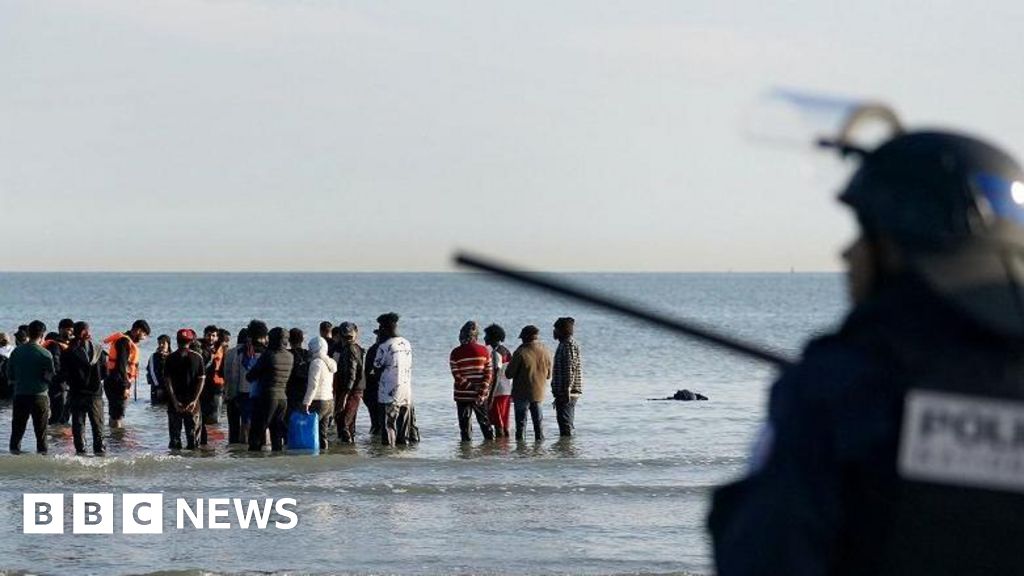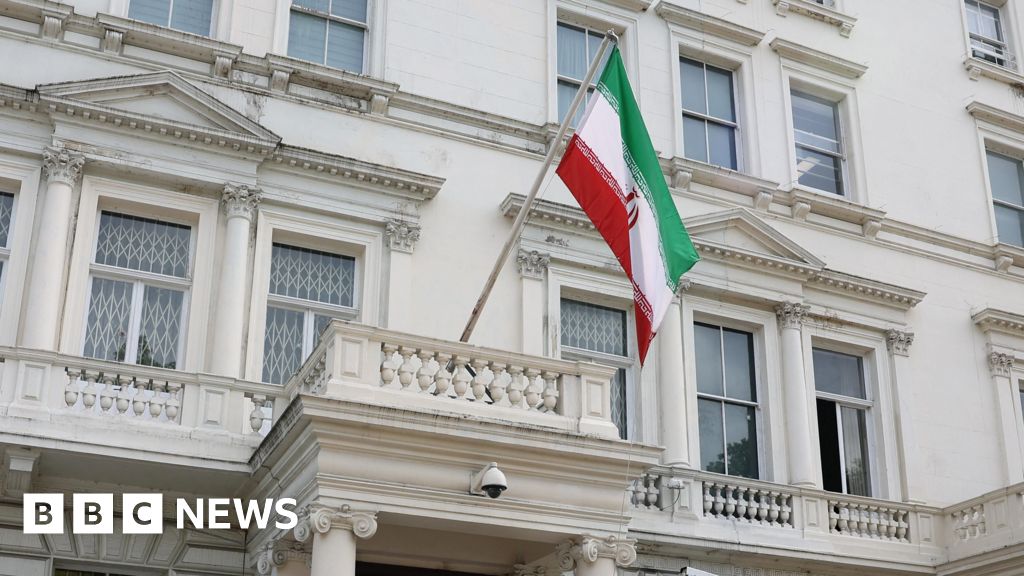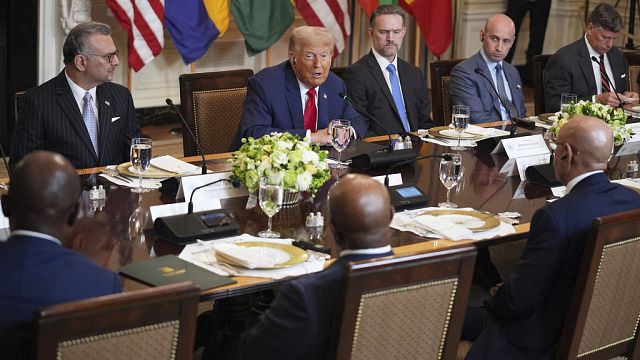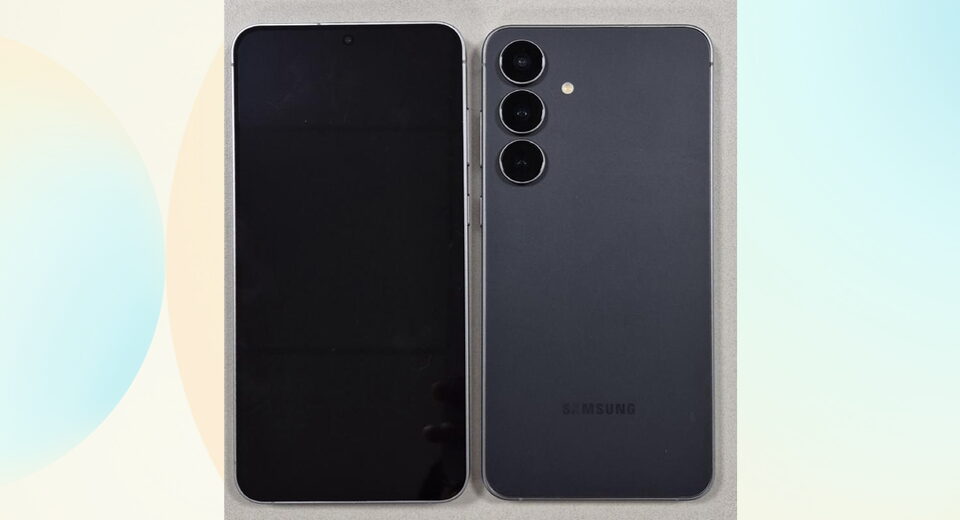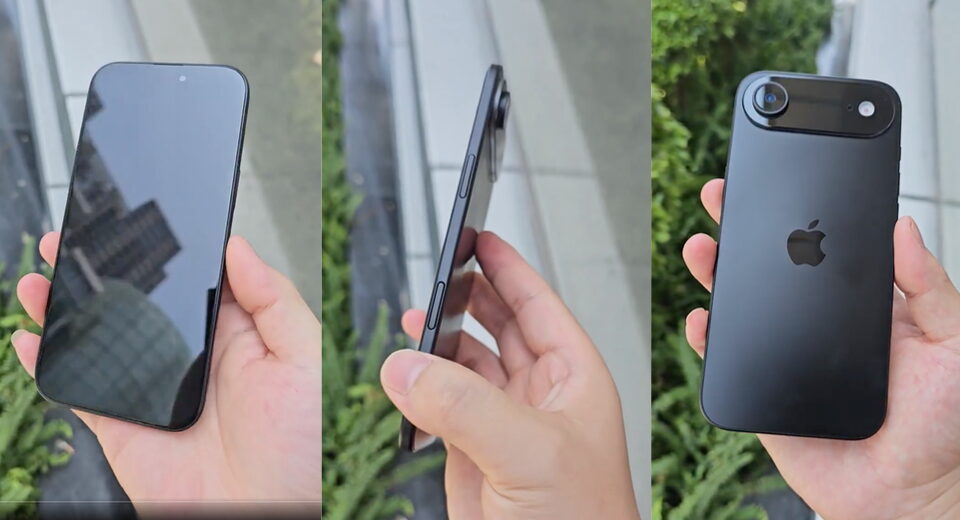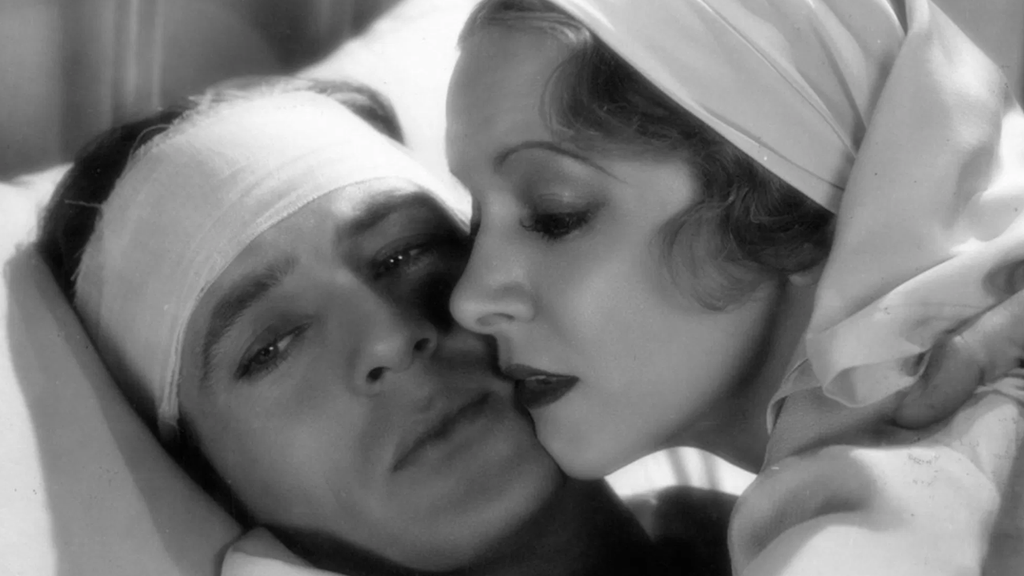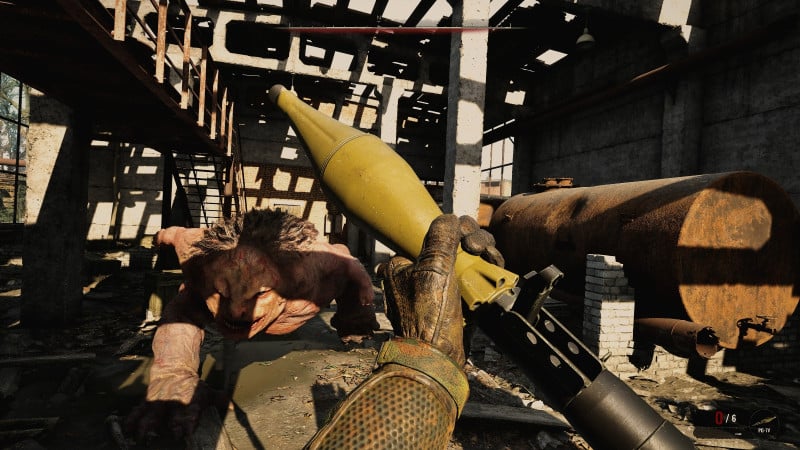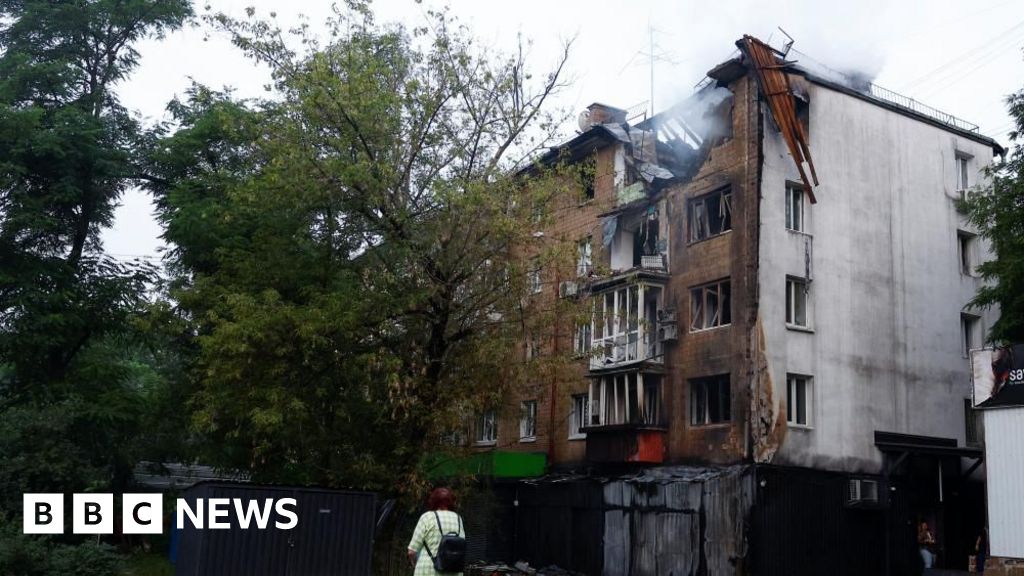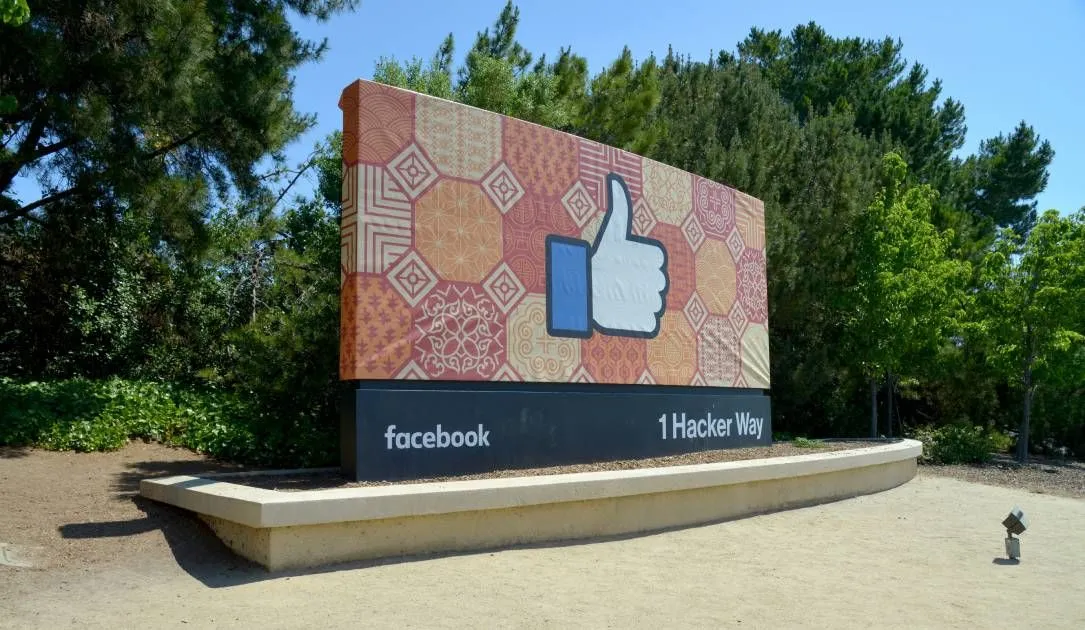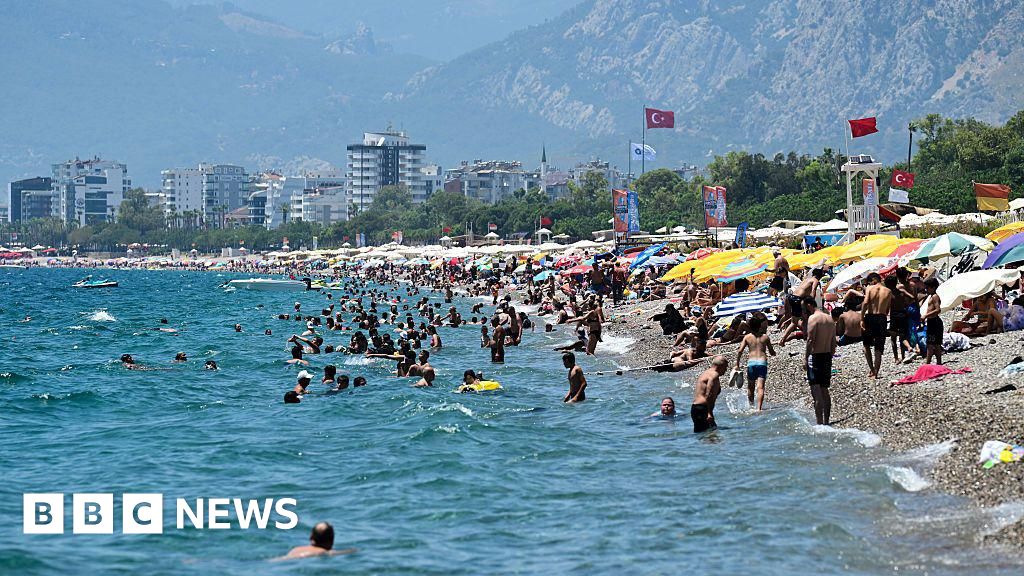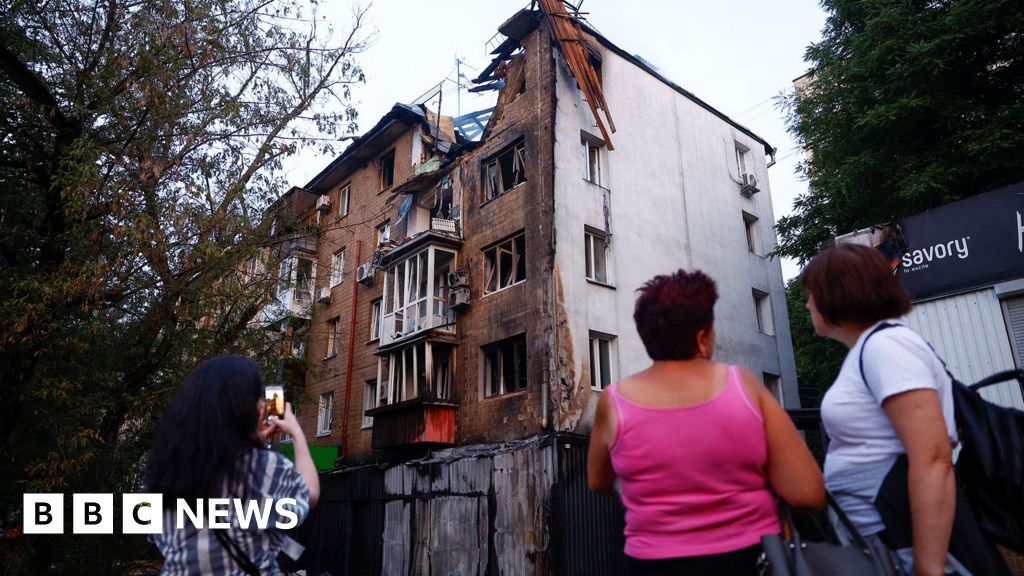James Comey Tracked by Secret Service After Post Critical of Trump


The Secret Service had the former F.B.I. director James B. Comey followed by law enforcement authorities in unmarked cars and street clothes and tracked the location of his cellphone the day after he posted an image on social media in May that President Trump’s allies said amounted to a threat to assassinate the president, according to three government officials.
Mr. Comey and his wife, Patrice, were tailed by the authorities as they drove from the North Carolina coast, where they had been vacationing, through Virginia to their home in the Washington area, the officials said, describing the details of the surveillance on condition of anonymity because they did not want to be identified discussing a federal investigation.
At the same time, the Secret Service was receiving information showing the location of Mr. Comey’s phone while federal authorities were stationed at his home waiting for him to return, the officials said.
The intense surveillance occurred a day after Mr. Comey, long perceived by Mr. Trump as an enemy, had posted a photo on social media of seashells he said he had found while walking on the beach. The shells were arranged in the formation “86 47,” combining a slang term meaning to dismiss or remove with the numerical designation of Mr. Trump’s second presidency. Trump critics have often displayed the phrase on signs and clothing at protests.
T-shirts saying both “86 47,” referring to Mr. Trump, and “86 46,” referring to former President Joseph R. Biden Jr., are available for sale on Amazon.
Shortly after the image was posted, Donald Trump Jr. wrote on social media that Mr. Comey was “casually calling for my dad to be murdered.” The accusation created a firestorm online, as Mr. Trump’s supporters accused Mr. Comey of plotting to assassinate the president.
When Mr. Comey learned of the uproar, he deleted the post, said he did not know that it had a violent connotation and that he opposed violence of any kind. The Secret Service interviewed him by phone that evening, and Mr. Comey said he had no intent to cause the president harm.
Typically, that would have been the extent of an investigation into someone like Mr. Comey, who has no violent history and previously led the federal government’s foremost law enforcement agency, according to former Secret Service officials, because there was more than enough to establish that Mr. Comey was not an imminent threat.
Instead, the Secret Service responded by deploying physical and digital surveillance that the former officials said would typically be used for someone who was an active threat to a person under agency protection. It is unclear whether Mr. Comey’s car was tailed by Secret Service personnel, other federal agents or local law enforcement officials in the areas of North Carolina and Virginia that the Comeys drove through.
To justify following Mr. Comey, the Secret Service cited “exigent” circumstances, according to two of the government officials, using a term that in law enforcement means a pressing need to take immediate action. It is unclear what those exigent circumstances were. At the time, Mr. Trump was traveling in the Middle East.
The Secret Service has been under intense scrutiny over the past year because of two attempts to assassinate Mr. Trump. In one of those, during a campaign rally in Butler, Pa., he was shot at by a gunman. It was the first assassination attempt against a former or sitting president since 1981.
Even so, Barbara McQuade, a former U.S. attorney, said the decision to follow Mr. Comey was “huge overkill.”
“The only rational basis for this action that I can think of is that someone said to themselves, ‘We’ve got him, we are going to punish him for this mistake,’” Ms. McQuade said. “It almost seems like someone was exploiting the opportunity to exact retribution against one of President Trump’s enemies.”
The Secret Service initially declined to comment, but shared a statement after publication of this story. “The Secret Service will vigorously investigate any individual, regardless of position or status, that may pose or be perceived as a threat to any of our protectees,” said Anthony Guglielmi, a spokesman for the service. “To preserve operational integrity, we are not able to comment on specific protective intelligence matters.”
Mr. Comey has not been charged with a crime, and the status of the inquiry into his actions is unclear. The Justice Department did not respond to a question about whether the investigation is ongoing.
A White House official, who spoke on the condition of anonymity to discuss the investigation, said that the Secret Service had launched the inquiry on its own and that it had not been requested by the White House.
A representative for Mr. Comey declined to comment.
At the time Mr. Comey took down the post, there was a chorus of calls by Mr. Trump and his allies to have Mr. Comey investigated.
That night, the secretary for the Department of Homeland Security, Kristi Noem, said Mr. Comey had “just called for the assassination of @POTUS Trump.”
“DHS and Secret Service is investigating this threat and will respond appropriately,” she said.
Later that night, Mr. Trump’s director of national intelligence, Tulsi Gabbard, went on Fox News and said: “James Comey, in my view, should be held accountable and put behind bars for this.”
The following day, Mr. Trump said on Fox News that Mr. Comey “knew exactly what that meant” and that “a child knows what that meant.”
“If you’re the F.B.I. director and you don’t know what that meant, that meant assassination,” Mr. Trump said.
Although the Secret Service had interviewed Mr. Comey on the phone soon after the uproar began, the agency insisted on interviewing him again the following day — this time in person, at the agency’s headquarters in Washington.
While the Comeys drove back to their home, his lawyers negotiated the terms of the interview with the top lawyer for the Secret Service. When Mr. Comey arrived home, he was met by Secret Service personnel who drove him into Washington, where he was questioned.
Mr. Trump fired Mr. Comey in May 2017, amid the F.B.I.’s investigation into whether Mr. Trump’s advisers had colluded with the Russian government to help him win the 2016 presidential election.
Since then, Mr. Trump has repeatedly called for his prosecution and called him a traitor and a leaker.
Mr. Comey now appears to be under scrutiny for his handling of the inquiry into the 2016 presidential campaign. The administration is also examining the role of John O. Brennan, the former C.I.A. director.
During his first term, Mr. Trump pressured the Justice Department to indict him and privately told one of his White House chiefs of staff that he wanted to “get the I.R.S. on” Mr. Comey.
Amid Mr. Trump’s attempts to have Mr. Comey prosecuted, he has been investigated for leaking classified information, and a special counsel examined how he had handled the Russia and Clinton email investigations. Mr. Comey was later the subject of a highly unusual and invasive audit by the I.R.S.
Legally, there are few limits on the power of federal agents to follow someone around in public. No court order is required because people are generally considered to have no expectation of privacy when they are in public.
The agency investigated “86 46” posts during the Biden administration, but none drew the law enforcement response used in Mr. Comey’s case, according to current and former Secret Service officials.
Charlie Savage, Devlin Barrett and Maggie Haberman contributed reporting.
What's Your Reaction?
 Like
0
Like
0
 Dislike
0
Dislike
0
 Love
0
Love
0
 Funny
0
Funny
0
 Angry
0
Angry
0
 Sad
0
Sad
0
 Wow
0
Wow
0


